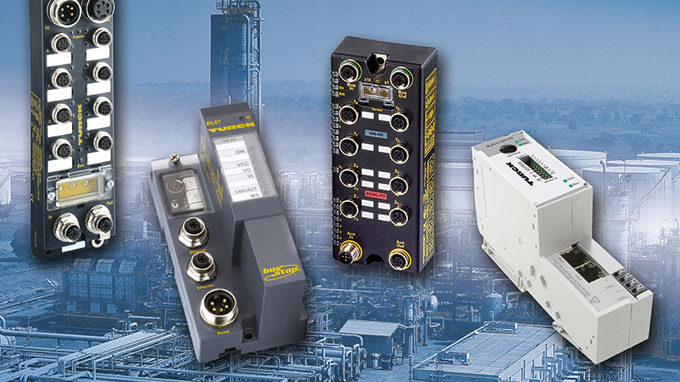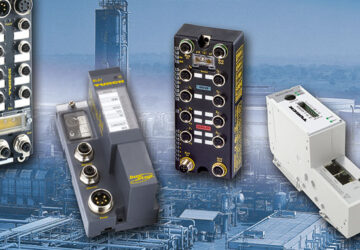Selecting appropriate fieldbus coupler solutions requires careful evaluation of technical specifications, environmental requirements, and long-term operational objectives within industrial automation systems. The complexity of modern manufacturing environments demands interface solutions that deliver consistent performance while adapting to evolving communication protocols and system architectures. As you explore Turck’s reliable Fieldbus coupler solutions, understanding the nuanced differences between product families becomes essential for making informed decisions that align with both current operational needs and future expansion plans. This evaluation process involves analyzing factors ranging from communication speed requirements and environmental resilience to integration complexity and total cost of ownership considerations.
Evaluating Communication Protocol Requirements
The foundation of coupler selection begins with thoroughly understanding your network’s communication protocol demands. Different protocols impose varying performance requirements on interface hardware, with some applications requiring deterministic timing while others prioritize high-speed data throughput.
PROFINET applications typically demand couplers capable of handling Real-Time (RT) and Isochronous Real-Time (IRT) communication modes, with jitter specifications under 1 microsecond for critical timing applications. EtherNet/IP implementations require careful consideration of Class 1 explicit messaging capabilities alongside Class 3 implicit I/O connections.
For mixed-protocol environments, selecting couplers with multi-protocol support eliminates the need for separate interface hardware for each communication standard. This approach reduces inventory complexity while providing flexibility for future system modifications or expansions.
Assessing I/O Density and Expansion Requirements
Current I/O requirements often represent just the starting point for system design, making scalability assessment crucial for long-term project success. Analyze not only immediate point counts but also anticipated growth over the next 5-7 years, including potential process modifications or equipment additions.
High-density couplers supporting 32 or 64 I/O points per module provide space efficiency advantages but may complicate troubleshooting efforts in complex systems. Conversely, lower-density modules offer easier maintenance access but require more network addresses and potentially increase overall system costs.
Consider the mix of I/O types required across your application. Systems requiring both high-speed digital I/O and precision analog inputs benefit from couplers supporting mixed module configurations within single assemblies, reducing wiring complexity and cabinet space requirements.
Environmental Conditions and Protection Requirements
Industrial environments present diverse challenges that significantly impact coupler longevity and reliability. Temperature extremes, humidity levels, vibration exposure, and chemical contamination risks all influence product selection decisions.
Standard industrial-rated couplers typically operate reliably within -25°C to +60°C temperature ranges, while extended-temperature variants handle -40°C to +85°C conditions for harsh environment applications. Humidity specifications become critical in tropical climates or processes involving steam or wash-down procedures.
Vibration resistance varies significantly between product lines, with some couplers rated for 5G acceleration while heavy-duty variants withstand 20G or higher. Chemical processing applications require evaluation of housing materials and sealing specifications to ensure compatibility with process chemicals and cleaning agents.
Power Supply Considerations and Energy Efficiency
Power supply architecture affects both initial installation costs and long-term operational expenses. Couplers with integrated power supplies simplify wiring but may limit flexibility for distributed installations or redundant power configurations.
Modern couplers consume significantly less power than older designs, with advanced models drawing 5-8 watts compared to 15-20 watts for conventional alternatives. In large installations with hundreds of couplers, this efficiency difference translates to measurable reductions in cooling requirements and energy costs.
Evaluate power sequencing requirements carefully, particularly for systems requiring coordinated startup procedures. Some applications benefit from couplers with adjustable power-up delays to prevent simultaneous inrush current demands during system initialization.
Integration Complexity and Configuration Tools
Configuration software capabilities vary dramatically between product families, affecting both initial setup time and ongoing maintenance requirements. Advanced configuration tools provide features like automated network scanning, predictive diagnostics, and integrated documentation generation.
Consider the skill level of personnel responsible for system maintenance and troubleshooting. While sophisticated diagnostic capabilities add value, they may overwhelm technicians unfamiliar with advanced fieldbus concepts. Balance feature sophistication with operational complexity to ensure effective system management.
Web-based configuration interfaces enable remote access for troubleshooting and modifications but require careful attention to cybersecurity protocols. Evaluate whether your facility’s IT infrastructure can support secure remote access while maintaining operational technology security standards.







